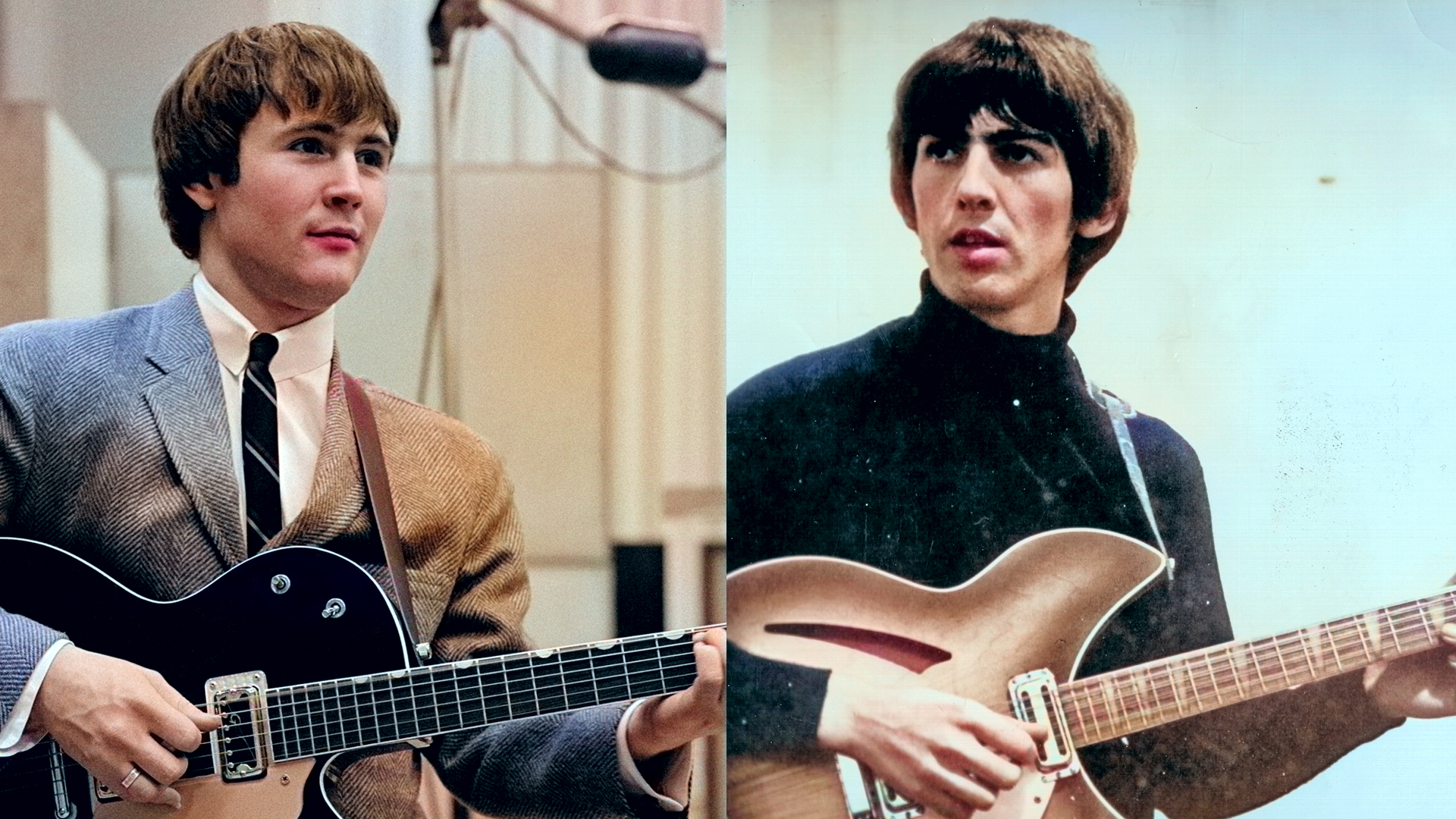Trey Anastasio on the Magic and Power of Open-String Suspensions
The Phish singer and guitarist explains how David Rawlings and Joe Pass inspired him to lean on open strings to enrich both his band's music and his solo work.

When the headmaster of Phish School says, “The guitar is simultaneously the dumbest and the most amazing instrument ever,” he’s referring to the fretboard layout in standard tuning. Instead of ringing out harmoniously like an open tuning, standard is essentially “closed” and unharmonious.
At least in the keys of E, A, and D, the root note is on a wound, open string. Incorporating any open string adds resonance, and can create tension and suspension. Trey Anastasio refers to that as a “rub.” He’s got a new solo acoustic album out, Mercy, and in last month’s Frets feature Anastasio revealed the depths of his rub obsession. We scratched the surface near the end of the interview and saved the details for this deeper dive.
Finding Rubs
Anastasio says, “Doing solo acoustic shows is great for revealing where all the rub notes are on open strings that you may or may not include for a chord in various positions up and down the neck, just by the way you pick.
"You want as much sound as possible, so you want to include as many open strings as possible. I’ve got into the habit of looking for those by doing solo acoustic shows because you get into a mentality that’s like, How can I get more sound out of this thing?”
Make It Easy
“A lot of those rubs are in the standard vocabulary. I live by a rule put forth by Joe Pass, who is the greatest chord melody player who ever lived. He said, ‘Never play anything hard,’ and what he meant was ‘hard to finger.’ Why? His theory was that you’re going to practice that and then want to play it, and now you’re not playing music anymore.
"Watch his hands when he’s playing with Ella Fitzgerald. The way he would just drop in a note is amazing. David Rawlings does the same kind of thing with Gillian Welch, and I love to do it too. ‘Arc’ is a great example from Mercy. That song is not hard, but it sounds hard. All of the work was in, How can I do this without it being hard?”
Put it in Play, Rub Away!
“For example, you can get a full G plus rubs by using just two fingers in the 10th position. Put your third finger on the root G at the 10th fret and your second finger on the B at the 9th fret of the fourth string. The open G and B are right above on the next two strings, and the high open E is the 6th. There’s a rub you can choose to use or not, either by not strumming all the way through or by using the pinkie to mute it.
"By the way, drop the pinkie on the 10th fret of the first string and you’ve got a full, open-sounding G chord. Move the whole thing down a step, to F, to find even more interesting rubs to choose from.
“Another great example is when you take a standard open C and slide everything up a whole step. Now you’ve got a D with a half step rub in it, the F# on the fourth string rubbing against the open G on the third.
"That’s one of my favorites, and you can hear it on ‘Billy Breathes’ [from Phish’s 1996 album of the same name]. Now raise that C shape another step and a half, to F, and listen to that G string rub in the middle. I love that. Rubs galore, rubs all day long. Let it rub, brother, let it rub!”
Get The Pick Newsletter
All the latest guitar news, interviews, lessons, reviews, deals and more, direct to your inbox!
Jimmy Leslie has been Frets editor since 2016. See many Guitar Player- and Frets-related videos on his YouTube channel, and learn about his acoustic/electric rock group at spirithustler.com.
“Write for five minutes a day. I mean, who can’t manage that?” Mike Stern's top five guitar tips include one simple fix to help you develop your personal guitar style
"It’s like you’re making a statement. And you never know where it’ll lead." Pete Thorn shares the tip that convinced Joe Satriani he was the right guitarist for the SatchVai Band










